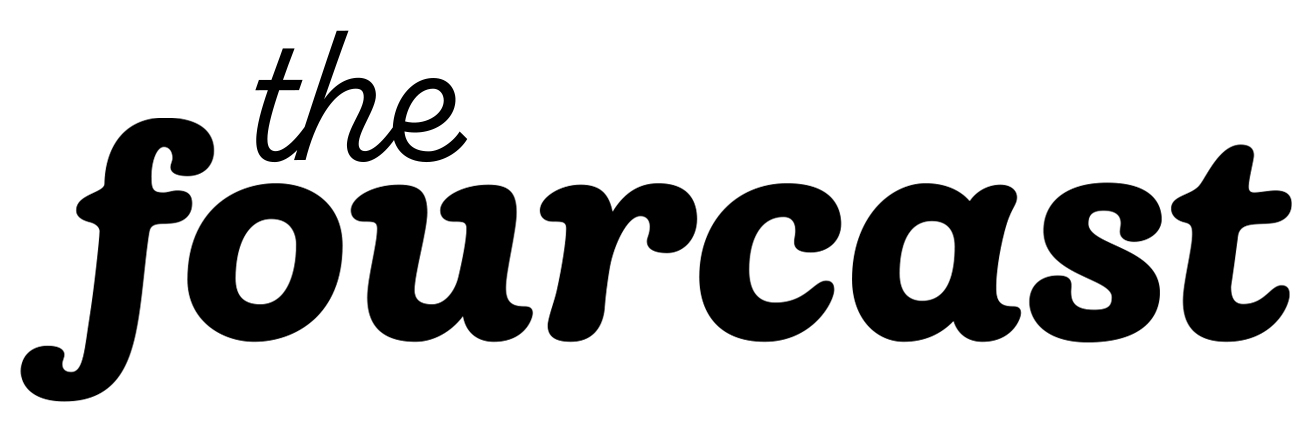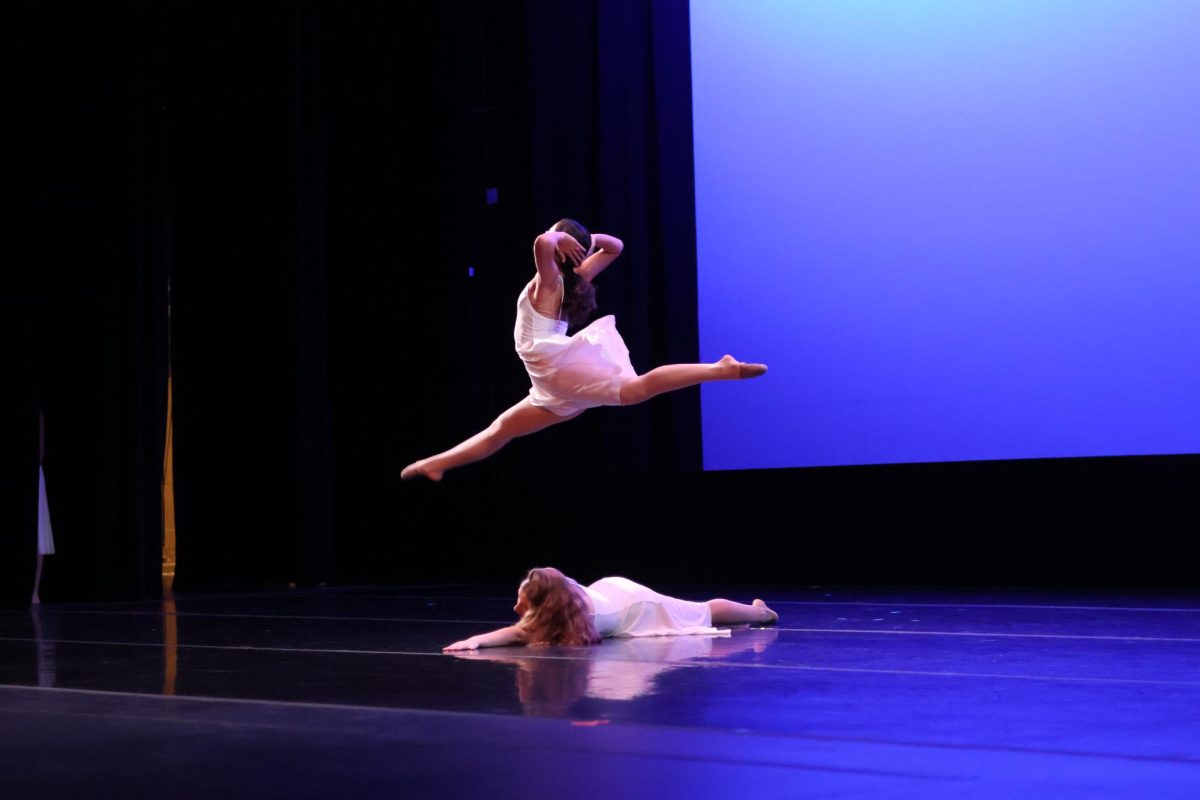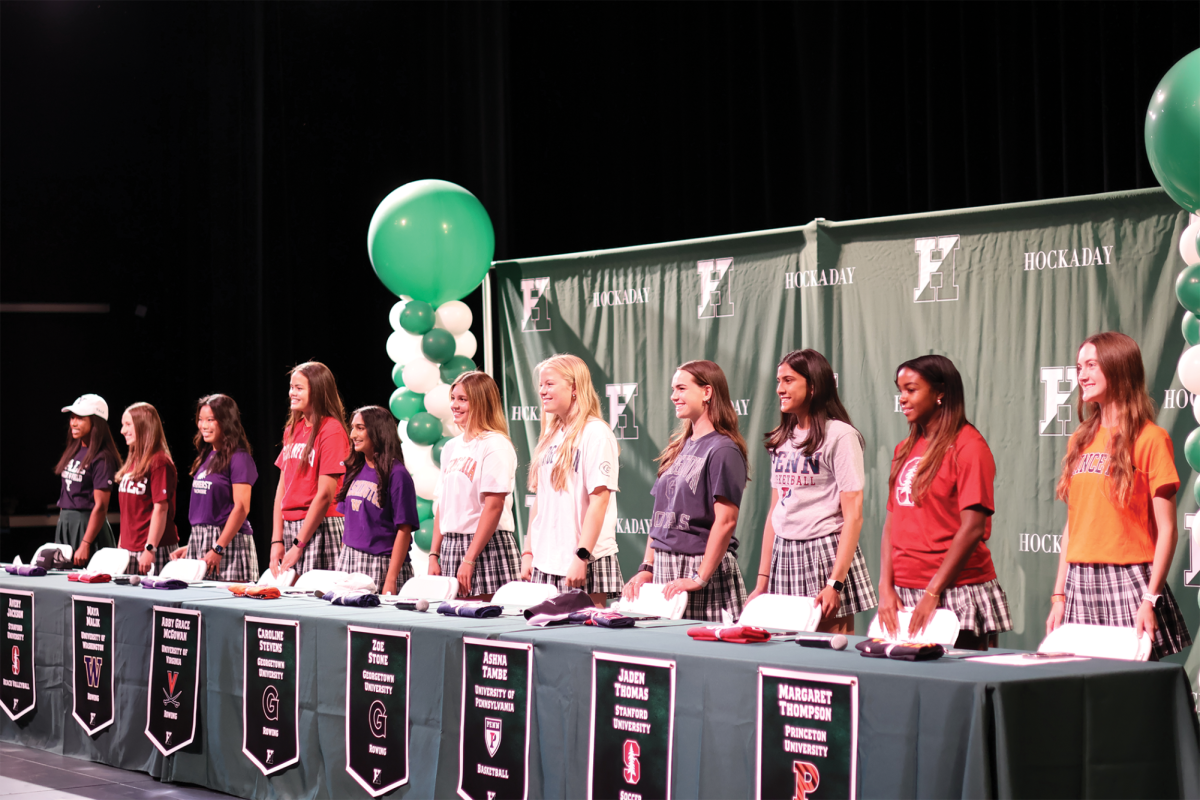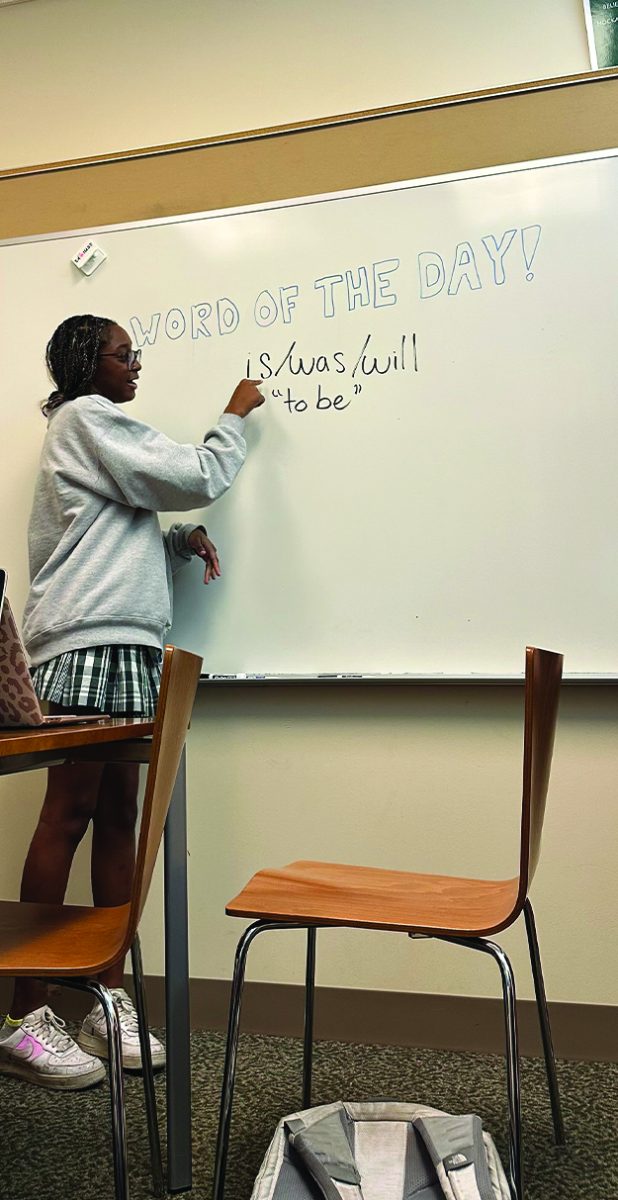Does Going to Winter Formal with The Great Gatsby Theme Makes Me Inconsiderate?
Before we begin on to the real argument, we need to understand what the concerns are here:
The Great Gatsby is a fiction that depicts the materialistic social phenomenon during the Roaring 20s. The novel, despite having numerous depictions of the luxury lifestyle, portrays the lavishness in a rather negative direction. As a consequence, when being used as the upcoming Winter formal theme for the Hockaday Upper School, this theme can indeed be quite controversial to associate.
It is true that people might worry about this theme not being very “appropriate”. But is it true that this theme is indeed “not appropriate”?
The answer is short but solid: no.
What The Great Gatsby expresses is more than just squandering and luxury wasting. It also reflects valuable and remarkable aspects of the Roaring 20s, teaching generations of people the astonishing cover of the gilded era. The Roaring 20s is more than just an era of monetary desires; it is also the hotbed for awakening feminism, which reflects directly through the bold and innovative fashion styles.
Through the 2013 The Great Gatsby movie, the audience is directly exposed under the splendid customs which are highly alike with the original designs. The movie itself, not only being educational and through-triggering, is also an audio and visual feast for those who wish to live through the ingenious era.
Certainly, it is not difficult to unfold the not-so-fancy historical meaning hidden in the movie. What is truly challenging is to think and learning from multiple perspectives, and this is one of the goals of the education we are currently receiving. Doubtlessly, it is undeniable that under the gilded layer hides the cheapest lead. Yet, it is our job to distinguish between right and wrong and we must learn from the best.
Besides from the aforementioned understandings, concerns of using The Great Gatsby as our winter formal theme can also be quite stereotypical.
From a literary angle, The Great Gatsby depicts the detriments of materialism and attacks the flamboyant lifestyles: grandeur parties, lavish feasts, and splendor fashions are decoded as the symbols for squandering and inconsideration, not to mention that Jay Gatsby— the host of these parties— held these celebrations as part of his eventually-failed plan of winning his old lover Daisy’s heart back.
Nevertheless, these conclusions can only be drawn from literary perspectives. The Great Gatsby is a fiction, and fictional works are fictional. Simply connecting a high school’s winter formal to a fictional work is a move that lacks rational considerations, and simply associating the Hockaday Upper School with lavish parties is a behavior that is somehow stereotypical.
Indubitably, The Great Gatsby reveals pensive phenomenon and ideas. But what cannot be neglect is the other remarkable characteristics of this great fictional work. Through the adoption of the styles from the Roaring 20s, we are able to take a peek into the spirits of innovation, courage, and modernization.
Therefore, instead of questioning if the theme itself is appropriate or not, maybe it’s time for us to take a different approach to the same idea?
Emily Wu, Staff Writer.












